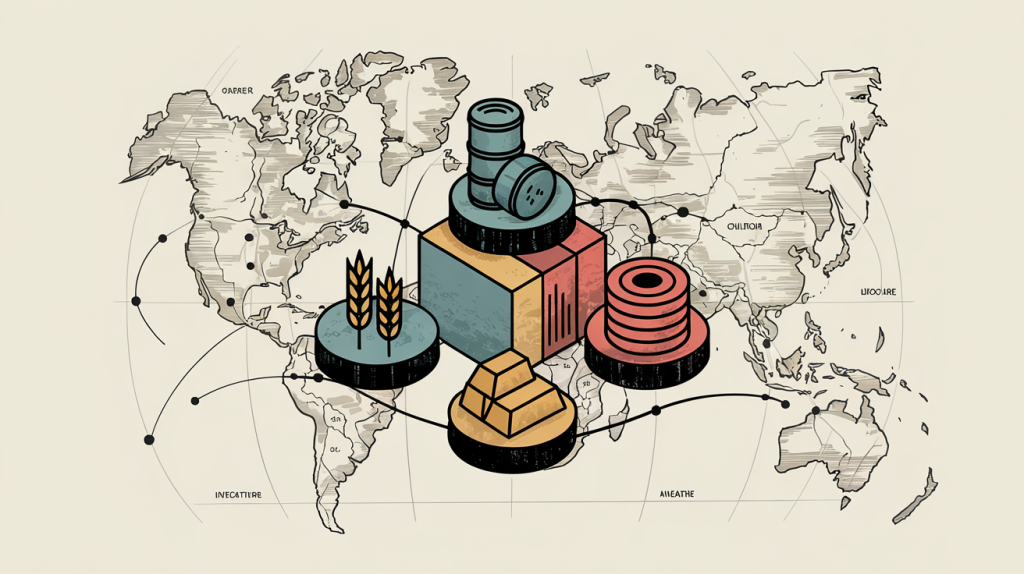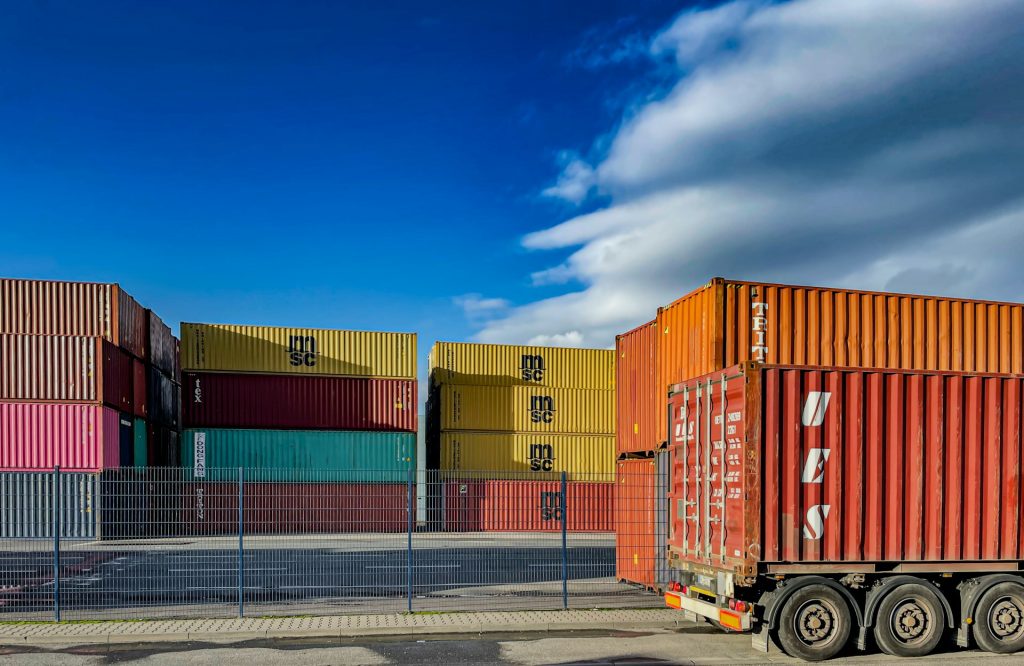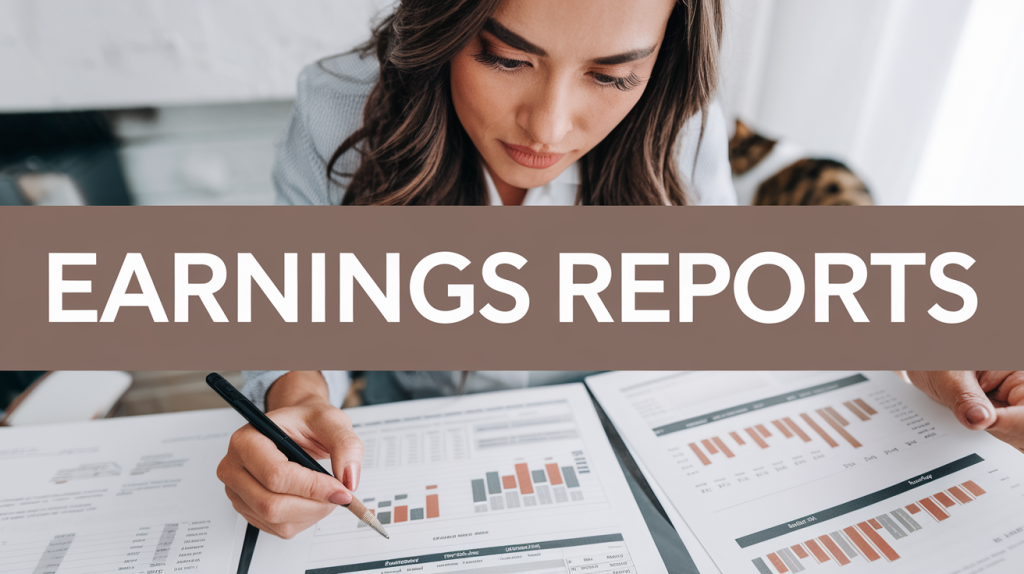
Tariffs are back, inflation isn’t dead, and the global trade chessboard just got flipped again. Is your portfolio ready?
You can’t control inflation. But you can decide how to protect your portfolio from it. With new Trump-era tariffs threatening to reignite cost pressures across the board and global supply chains bracing for a second wave of disruption, investors are once again turning to commodities as a hedge. But not all commodities are created equal. Should you buy oil? Bet on copper? Take a bite out of agriculture stocks? Or trust the age-old safety of gold? Before you allocate a single dollar, you need to understand which assets offer real protection—and which ones could backfire in this environment.
Inflation Isn’t Dead—It’s Just Shape-Shifting
The calm after the 2022-2023 inflation spike lulled many investors into a false sense of security. But now, with tariffs once again a central policy tool and companies scrambling to adapt to shifting trade alliances, inflation is showing up in less obvious places. Services, core inputs, and strategic goods are getting more expensive again—and these are stickier forms of inflation.
That brings us to commodities—the age-old antidote to inflation fears. But in today’s fractured economy, some commodities offer real hedge value, while others are just noise.
Why Commodities Still Matter in a Modern Portfolio
When fiat currencies lose value, real assets gain. Commodities have intrinsic worth, which is why investors instinctively turn to them when inflation rises. In particular, raw materials such as energy, metals, and agriculture are the first places where inflation shows up. These are the building blocks of everything else—when their prices rise, the costs get passed down the chain.
This is why raw materials tend to lead inflation, not lag it. And because many of these goods are globally traded, even small disruptions in supply chains can cause prices to spike. The disruption of global supply chains by new trade restrictions has changed the flow of raw materials and capital. This alters the risk-reward dynamics across the commodity complex.
In this tangled backdrop, some commodities may shine more than others. Let’s break them down.
Oil: The High-Beta Hedge That Cuts Both Ways
Oil is the first asset most investors reach for in an inflationary world. But oil is also the most politically sensitive and geopolitically volatile commodity in the world. Supply isn’t just about geology—it’s about power, policy, and OPEC+. And when tariffs hit trade routes or geopolitical risk escalates, oil prices react fast.
In this environment, oil might give you explosive short-term upside—but don’t confuse that with long-term stability. If you choose to invest here, treat it as a trade, not a core holding. Low-cost producers and integrated majors can offer some cushion. ETFs like XLE provide diversified exposure.
If oil is the wild card, copper might be the signal.
Copper: The Strategic Metal for the New Industrial Cycle
Copper is more than just a metal—it’s a proxy for industrial growth, electrification, and infrastructure spending. As the global economy leans into energy transition, AI hardware, and grid upgrades, copper is embedded in nearly every narrative. At the same time, tariffs on electronics and industrial machinery could disrupt the flow of finished goods while tightening raw material supply.
This creates a price floor for copper. Even in a slowing economy, structural demand remains strong. That makes copper a compelling long-term hedge against inflation with real growth upside. Consider diversified miners like Freeport-McMoRan or Southern Copper, or commodity-specific ETFs like COPX.
Agriculture offers another kind of hedge—one rooted in necessity.
Agriculture Stocks: Under-the-Radar Resilience
While oil and copper ride the boom-bust cycle, agriculture moves to a different rhythm. You can’t postpone demand for food, and that makes agricultural stocks a uniquely resilient play in inflationary periods. When costs rise, so does the pricing power of large-scale ag businesses.
Tariffs here often act on inputs—fertilizer, farm equipment, transport—but the ripple effects are predictable. And the global population keeps growing. Names like Archer Daniels Midland, Bunge, and Deere & Co. continue to benefit from these long-term trends. ETFs like MOO can provide diversified exposure.
Gold offers something different: emotional and monetary safety in one.
Gold: The Flight-to-Safety Standout
When fear takes over, gold rises. Unlike industrial commodities, gold doesn’t need economic growth to shine. It thrives when uncertainty rules—whether from inflation, geopolitics, or market panic. And right now, it’s doing just that. Investors are once again turning to gold as a safe store of value, especially as central banks quietly continue to accumulate it.
Gold also sidesteps the tariff debate. It’s not consumed or exported in bulk like other commodities. That makes it less vulnerable to trade disruptions. ETFs like GLDM and physical gold options can offer direct exposure.
Portfolio Strategy: Don’t Bet the Farm—Balance It
Commodities work best when they’re used as strategic insurance. Allocate too much, and you add volatility. Too little, and your portfolio stays exposed to inflation shocks. A modest position in select commodities—especially the ones tied to structural demand or systemic safety—can go a long way in protecting real returns.
The best way to gain exposure without taking on excessive risk is through diversified vehicles. Broad commodity ETFs, sector-specific ETFs, and equity exposure through commodity-producing companies offer ways to participate without the leverage or volatility of futures markets. For more conservative investors, partial allocations through funds like GLDM, COPX, MOO, or XLE can provide inflation protection with less risk.
In our Founder’s Club portfolios, we use real assets and commodity-linked equities as balancing tools. They complement our small-cap value core and provide protection during supply shocks and policy pivots.
Before you buy into a commodity theme, make sure it fits with your risk tolerance, time horizon, and broader portfolio strategy.
Final Thoughts: Inflation May Be Inevitable—But Losses Don’t Have to Be
You can’t control tariffs, central banks, or geopolitics. But you can structure your portfolio to survive the chaos. And right now, with the trade environment shifting under our feet, the right commodity exposure might just be your best defense.
If you’re a Founder’s Club member, you already have access to our latest allocations across oil, copper, agriculture, gold, and more. If you’re not, now is a good time to consider the value of insight when inflation takes center stage again.
Let the rest of the world react to headlines. You plan ahead.






